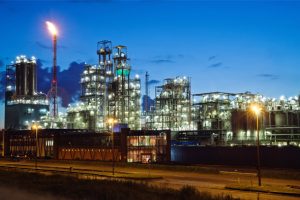The first step in the powder coating process is to prepare the metal. This is a very necessary step as without it the powder may not stick, or corrosion could occur. This step consists of many sub steps that need to be completed adequately for the powder coating to process to be completed correctly. Read about how to prepare metal for powder coating below:
Disassemble
Step one of powder coating is the disassembly of all the components of the product that you are planning to powder coat. If there are any parts that are not being powder coated, they should be set aside. You will also need to take note of how you have disassembled the parts so that you can reassemble them at the end.
Cleaning
The next step in the preparation phase of powder coating is to clean the parts. This is necessary to remove any dirt or grease that may not allow the powder to stick correctly, causing bubbles or rough patches.
Sandblasting
After cleaning, any previous powder coatings should be removed by means of sandblasting to allow for a new coating to stick to the metal. However, this only applies to product that already has powder coating. If the product has never been coated, no coating removal is necessary.
Preheating
To further prepare the metal, preheating is required. The metal is placed inside the kiln for a longer period, at a higher temperature than it would be during the curing process. This is to release any excess oils from inside the metal. after this is completed, the product should be cleaned again.
Rinsing
After preheating and cleaning has taken place, the product should then be rinsed thoroughly to get rid of any residue from the cleaning process as this residue could be detrimental to the powder’s ability to stick to the product.
Soaking
The metal must then be prepared by being soaked in a chemical solution. The chemical solution varies from metal to metal, but the result is the same. The goal is to neutralise the metal for efficient powder coating.
Demineralising
The final step to prepare a product for powder coating is to demineralise the product. The demineralisation step is important as it is a preventative measure against any future corrosion.

